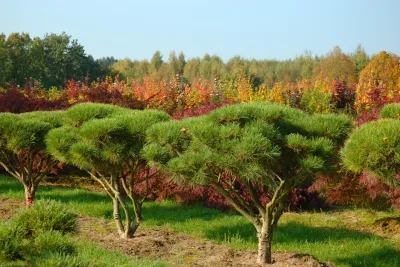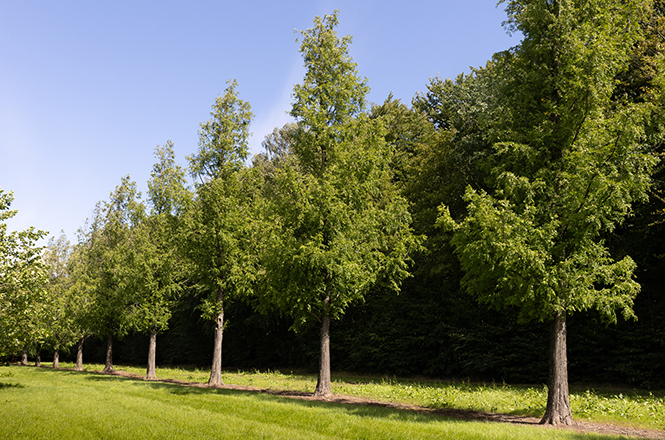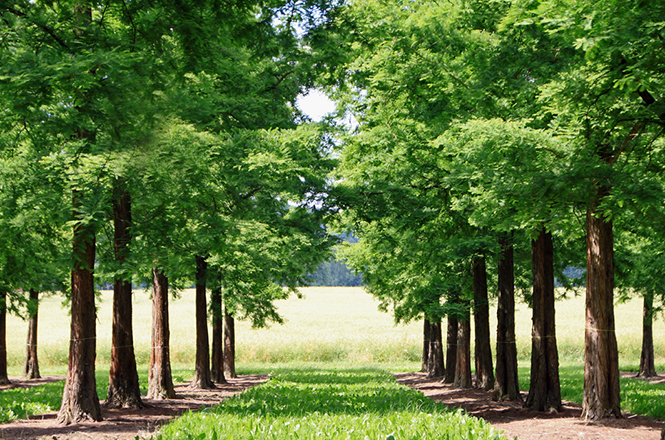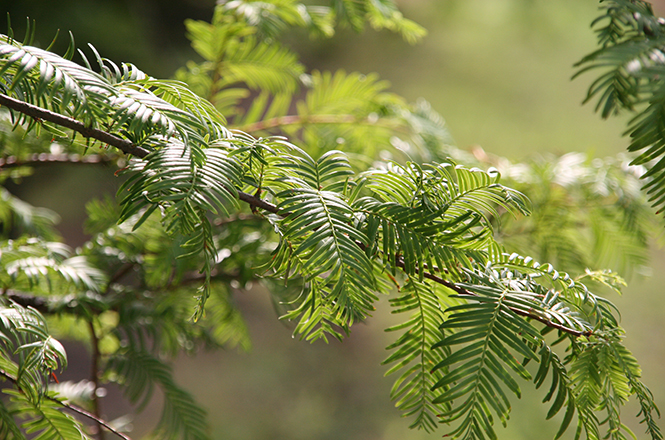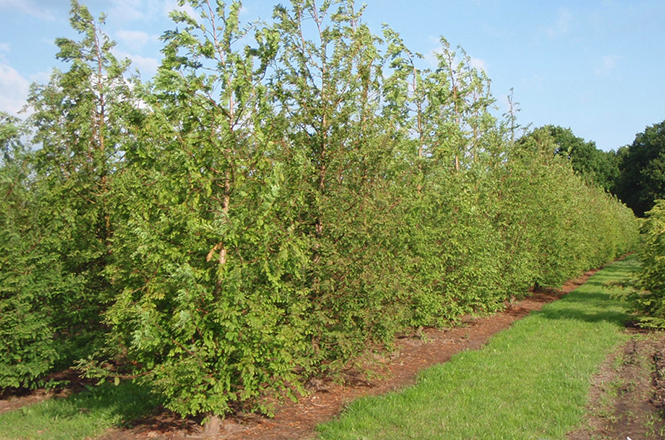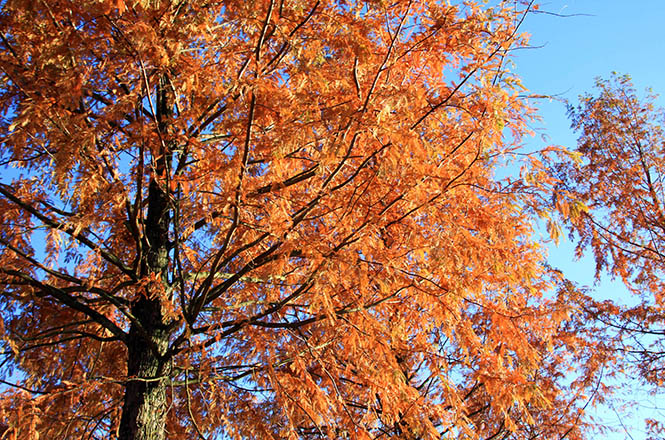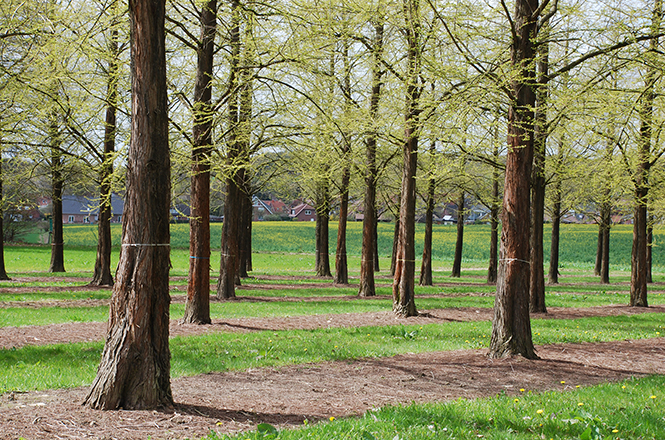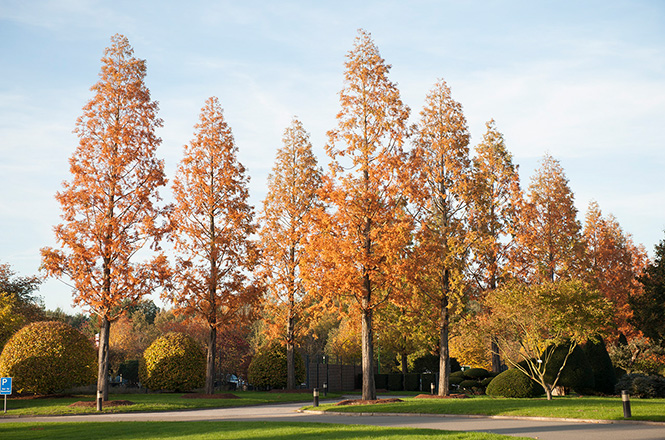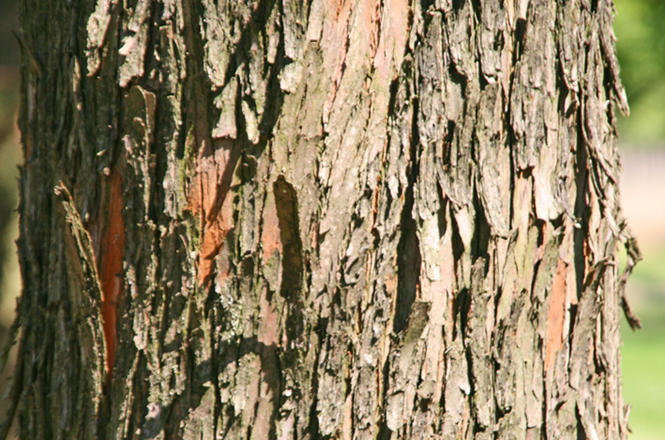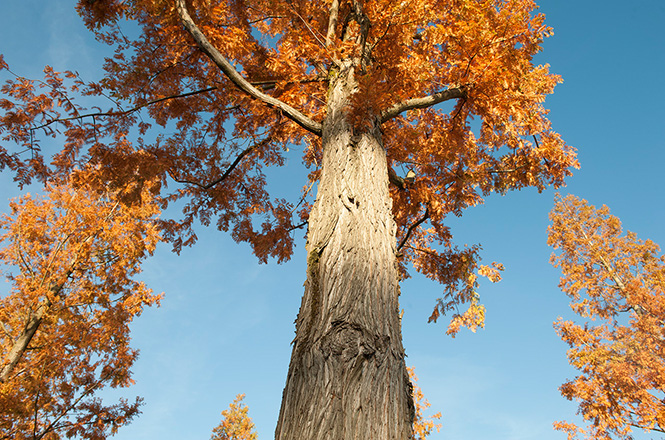
Metasequoia - the rediscovered ones!
Ancient yet modern!
Previously only known in fossilized form, Chinese botanists found individuals of the ancient sequoia living in a remote Chinese mountain region in 1941. A botanical sensation!
A detailed study followed, on the basis of which the taxonomists decided to separate the genus Metasequoia from the genus Sequoia Metasequoia glyptostroboides . At the end of the 1940s, newly obtained Metasequoia seeds reached Europe and America. In the botanical gardens it turned out that the fast-growing tree can be easily propagated from cuttings. As a result, the spread of seeds through tree nurseries could no longer be stopped.
Metasequoia is known as Chinese sequoia, Chinese redwood or water fir.
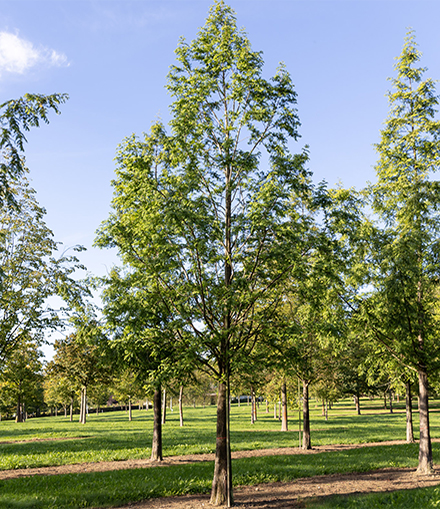
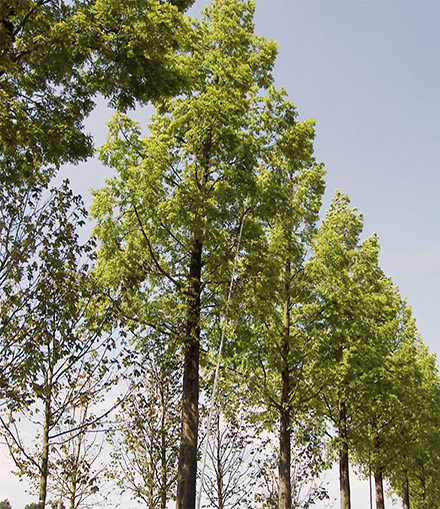
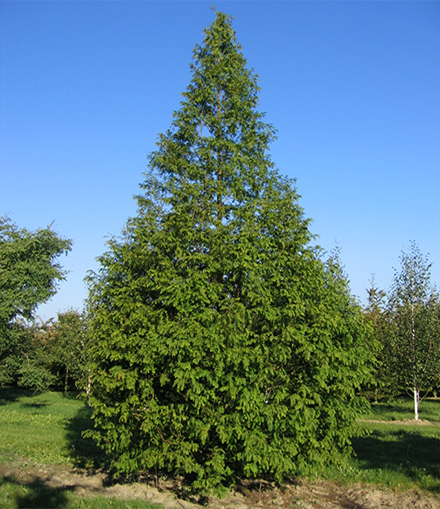
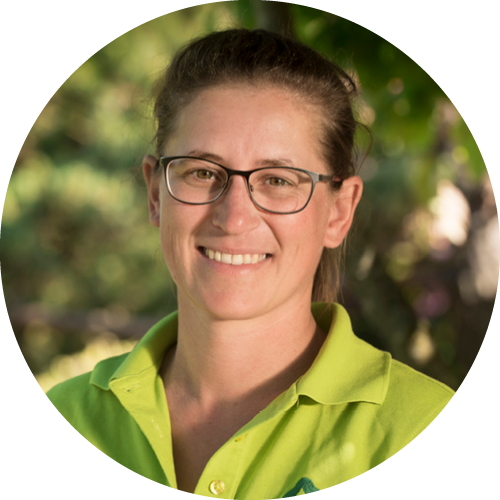
"Our tip: The primeval sequoia is extremely easy to cut and can also be used as a high hedge."
Kirsten Cordes, Tree gardener, Hamburg, Lorenz von Ehren Nursery
The growth
The primeval sequoia grows noticeably upright and forms a relatively narrow, spindle-shaped crown. In old specimens is rarely wider than ten meters. However, as a young plant it grows at a remarkable rate of up to one meter per year. After ten years, growth gradually slows to 30 to 60 centimeters per year. The trunk, which usually runs all the way to the tip of the crown, is noticeably thick and overgrown at the bottom, but then tapers sharply. The bark is reddish brown and longitudinally cracked. The young branches initially grow steeply upright, but as they get older they spread almost horizontally.
Did you know?
In the moist mixed forests of its homeland, the primeval sequoia climbs to a height of up to 1,350 m. This explains its location requirements: It prefers sunny to light-shaded locations on fresh to wet soils with a high pH value tolerance. The substrates should not be too nutrient-rich. Metasequoia glyptostroboides are considered to tolerate heat and have good frost hardiness.
FAQ - Frequently asked questions
What location requirements does Metasequoia have?
The primeval sequoia is quite undemanding. It tolerates a sunny to light shaded location and even thrives in dry, hot urban climates. Because of the early, somewhat sensitive shoots, locations at risk of late frost should be avoided.
How fast does a sequoia tree grow?
As a young plant you have to expect an increase in size of up to one meter per year. After ten years, growth slows to 30 to 60 centimeters per year.
Is Metasequoia deciduous?
Yes, the prehistoric sequoia is the only sequoia tree to shed its soft needle leaves in autumn. .
How much space does a sequoia tree need?
IThe distance to other trees should be around five meters. However, in the immediate vicinity it can be easily planted with perennials, grasses and ground cover plants.
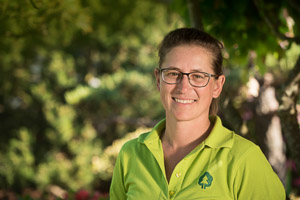
Contact
Kirsten Cordes
Tree gardener
phone: +49 (0) 40 7681 -0
mail: LvE(at)LvE.de

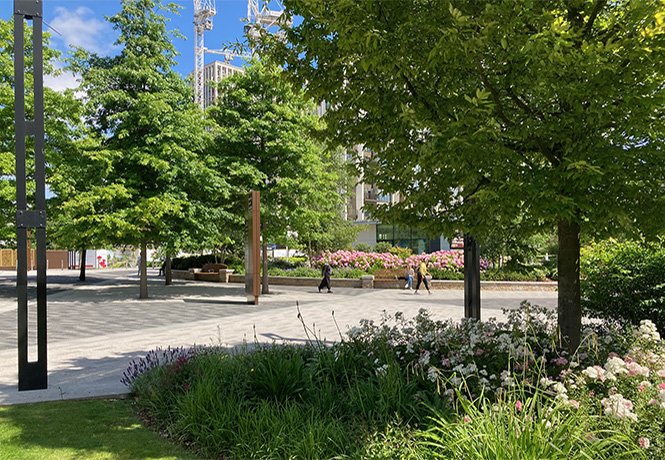
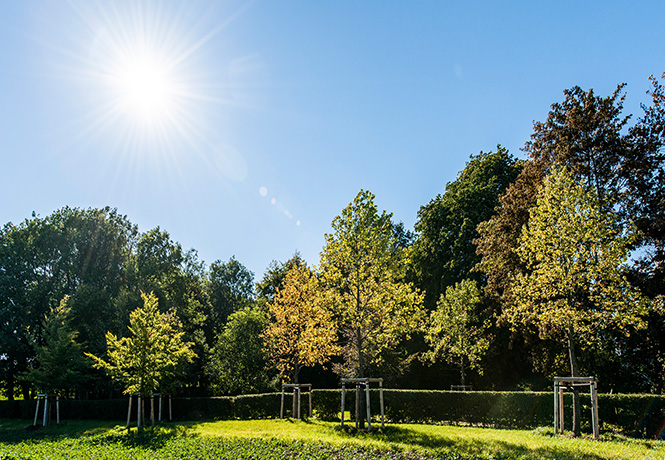
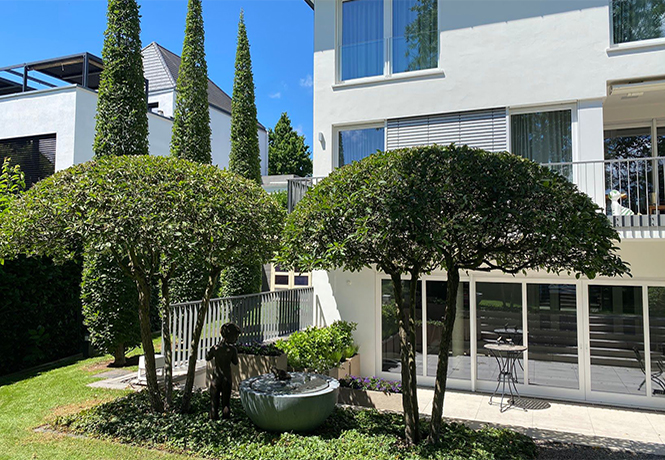
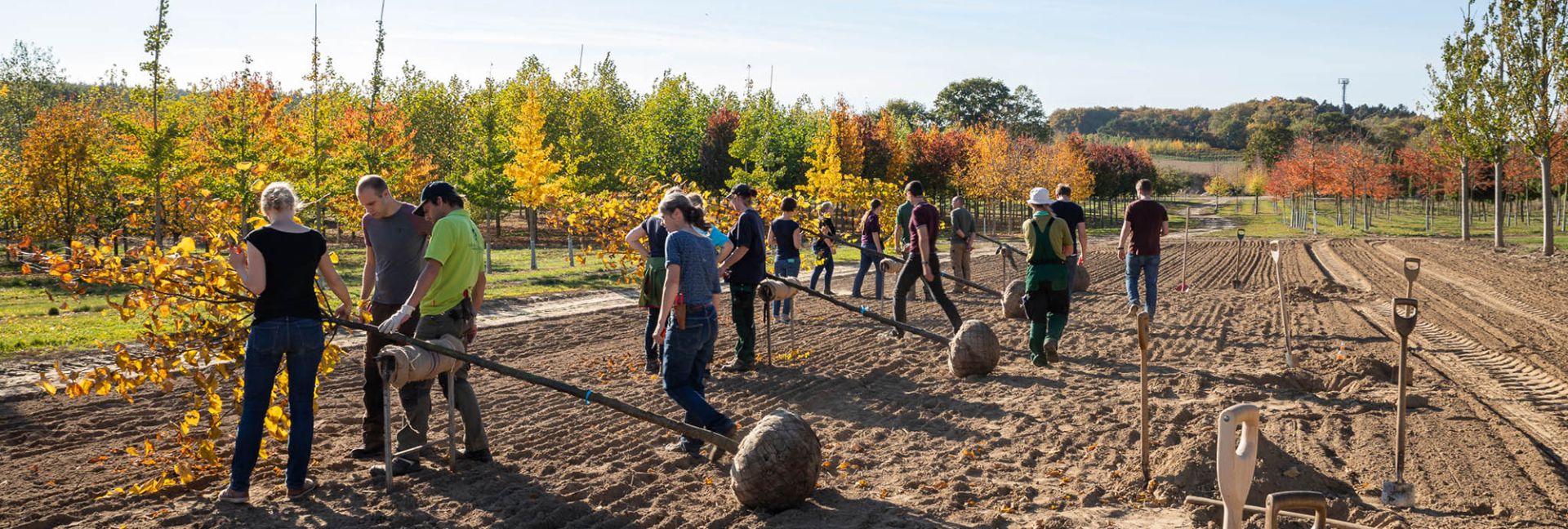
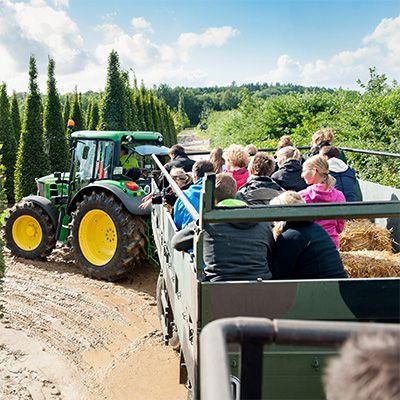
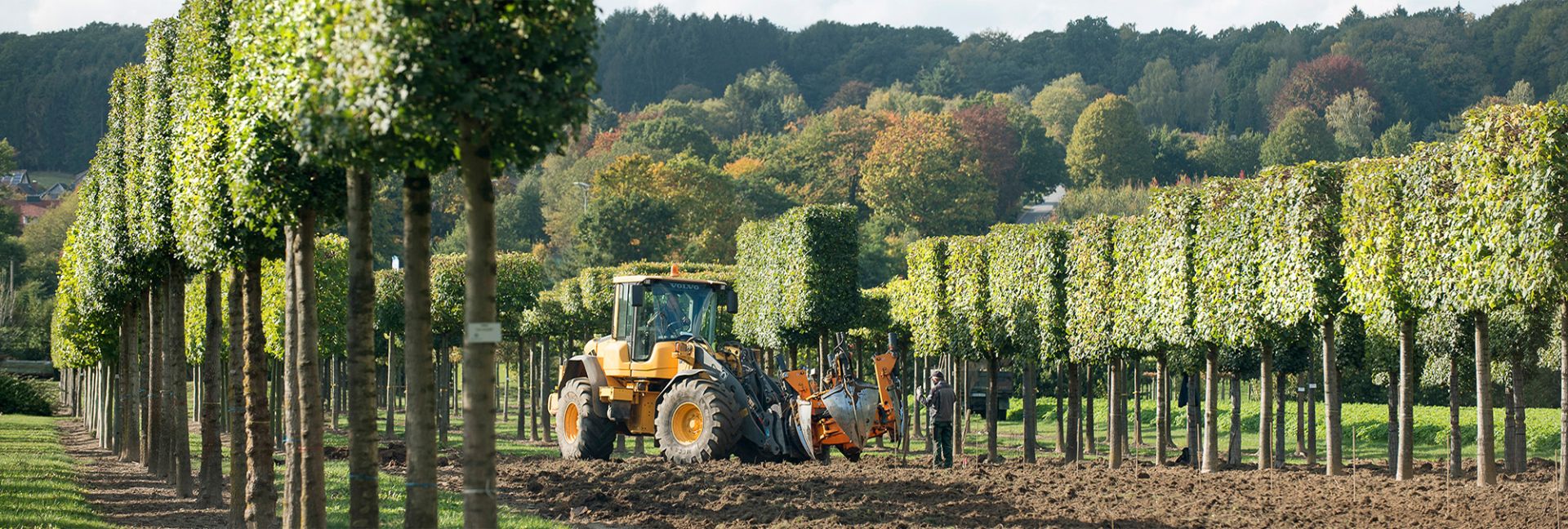
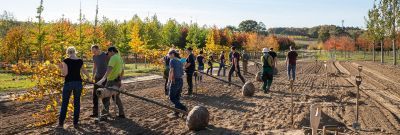
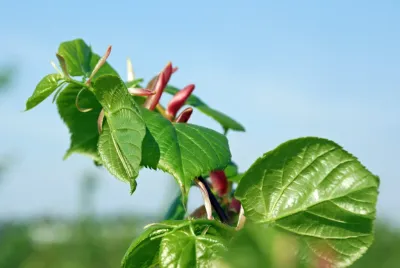
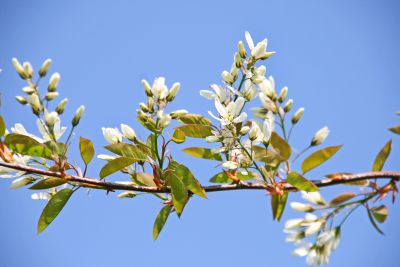
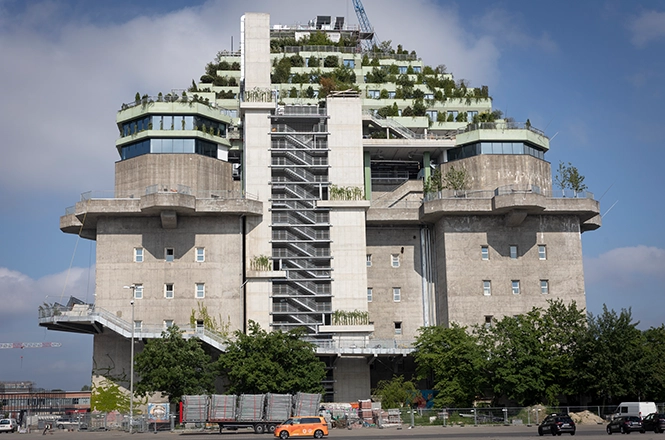
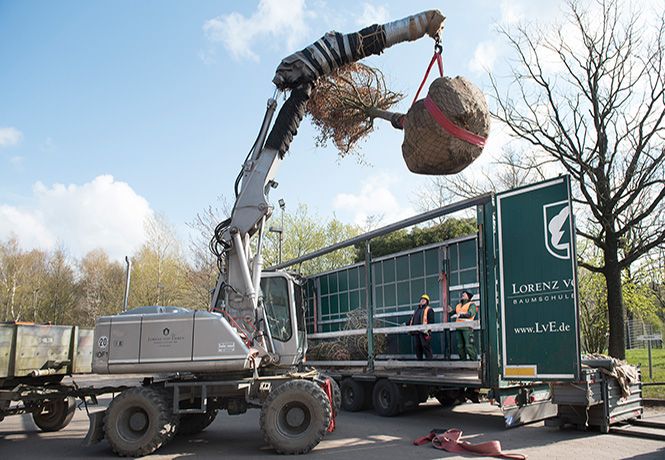
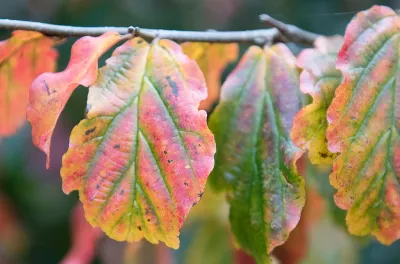
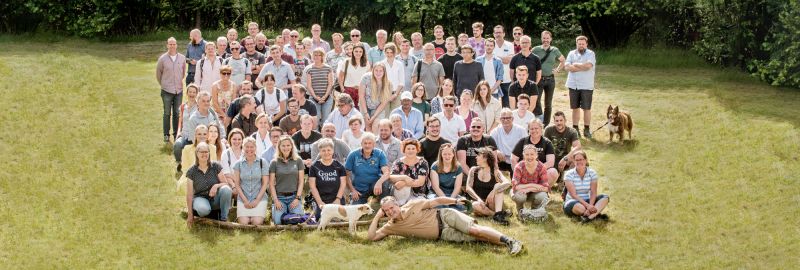
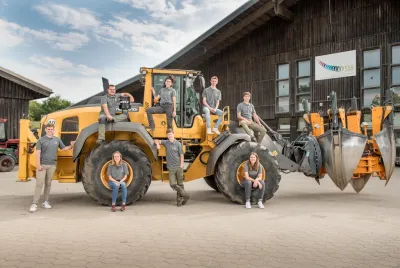
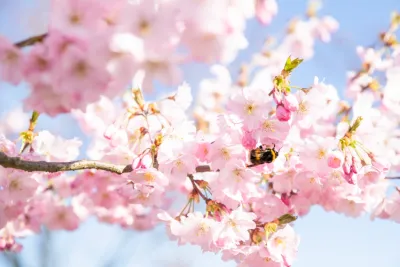
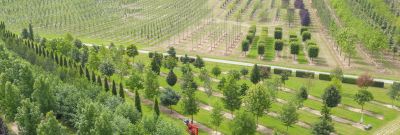
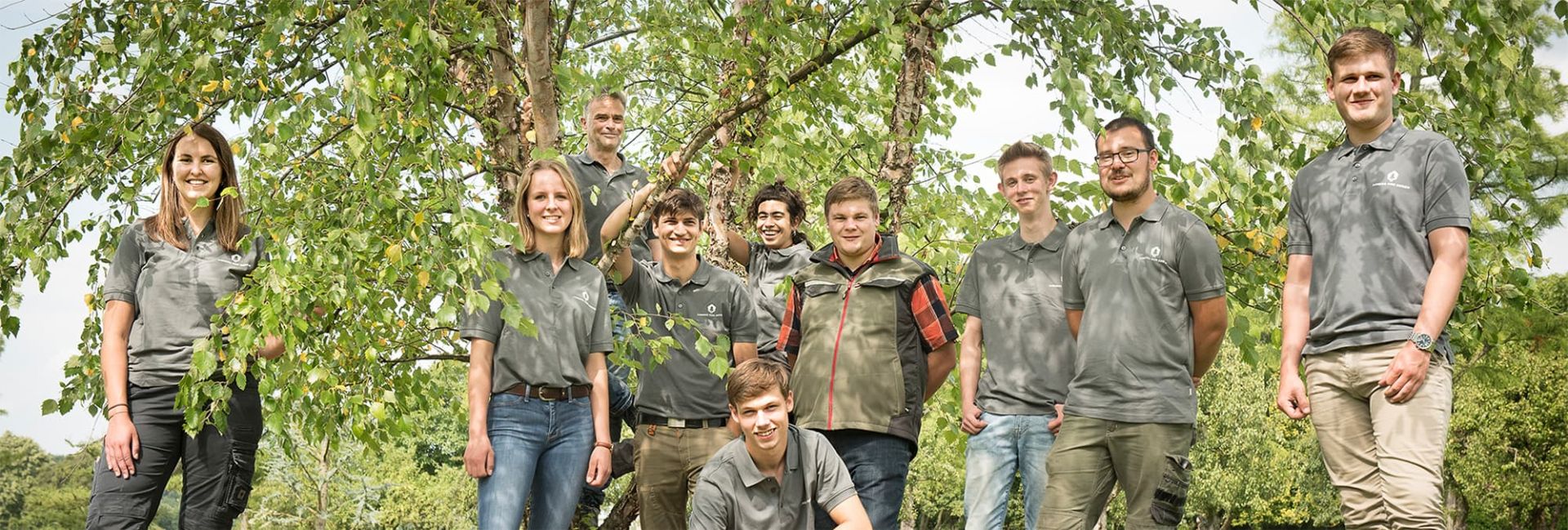
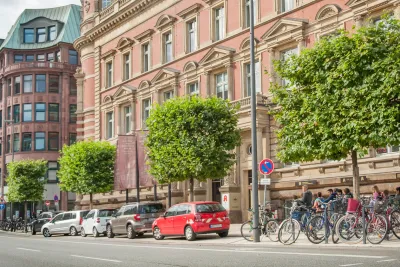
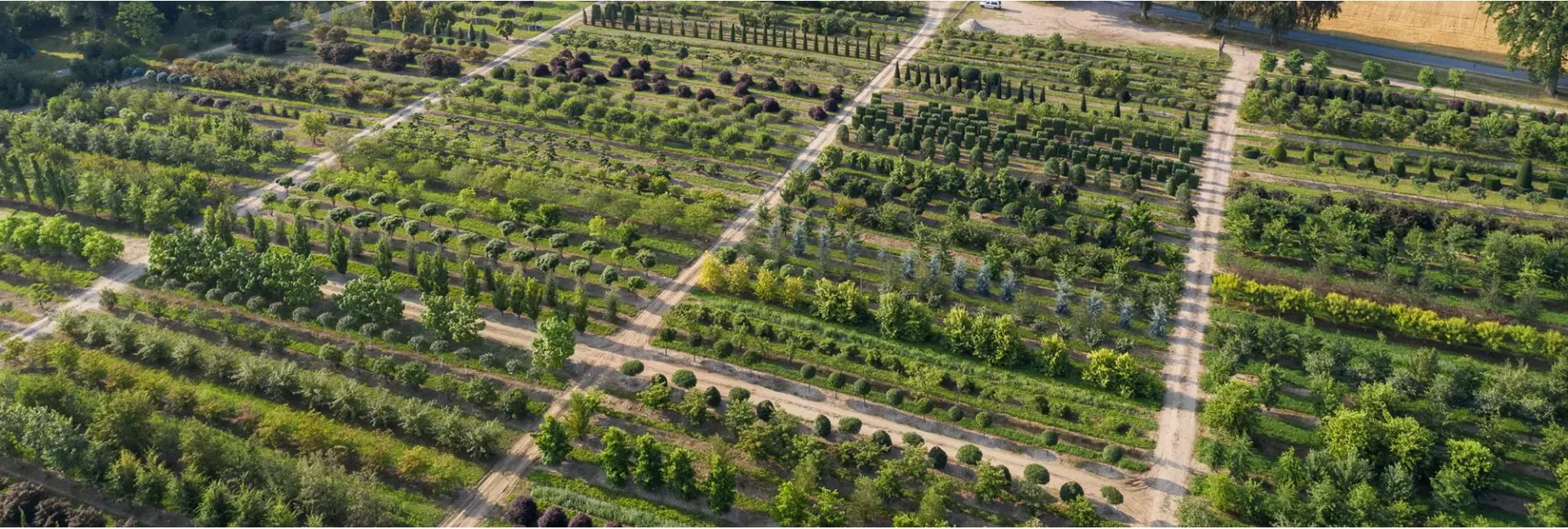
_400x400.webp)
